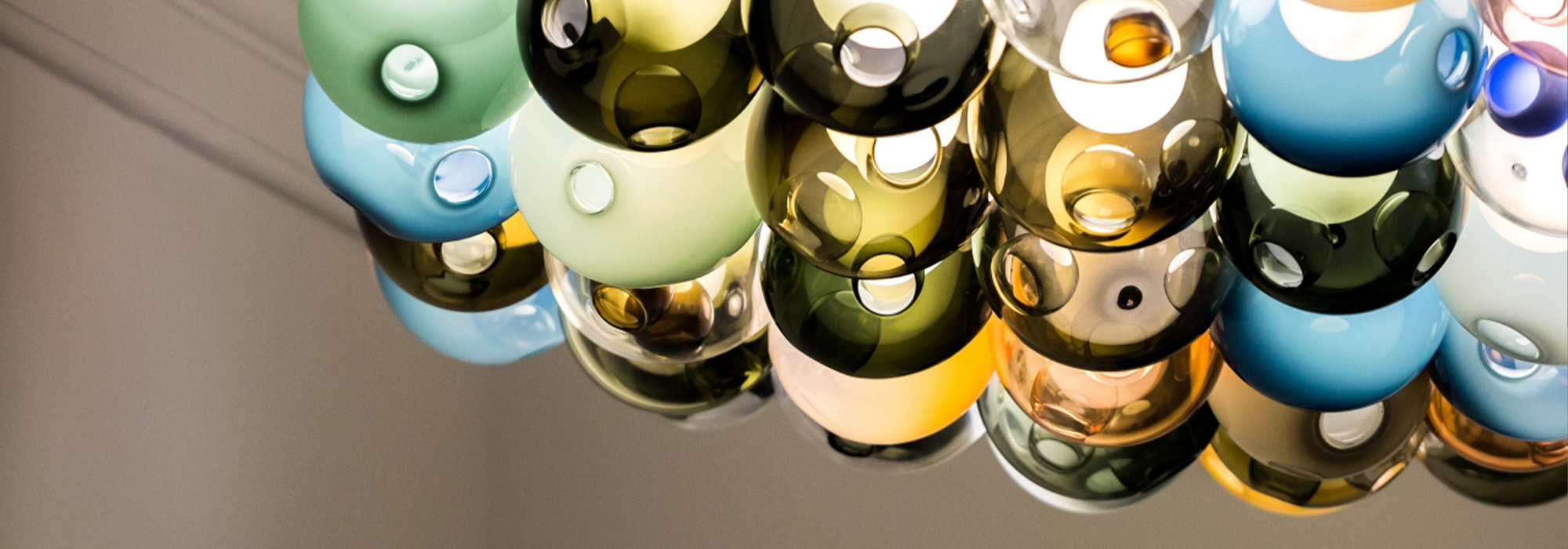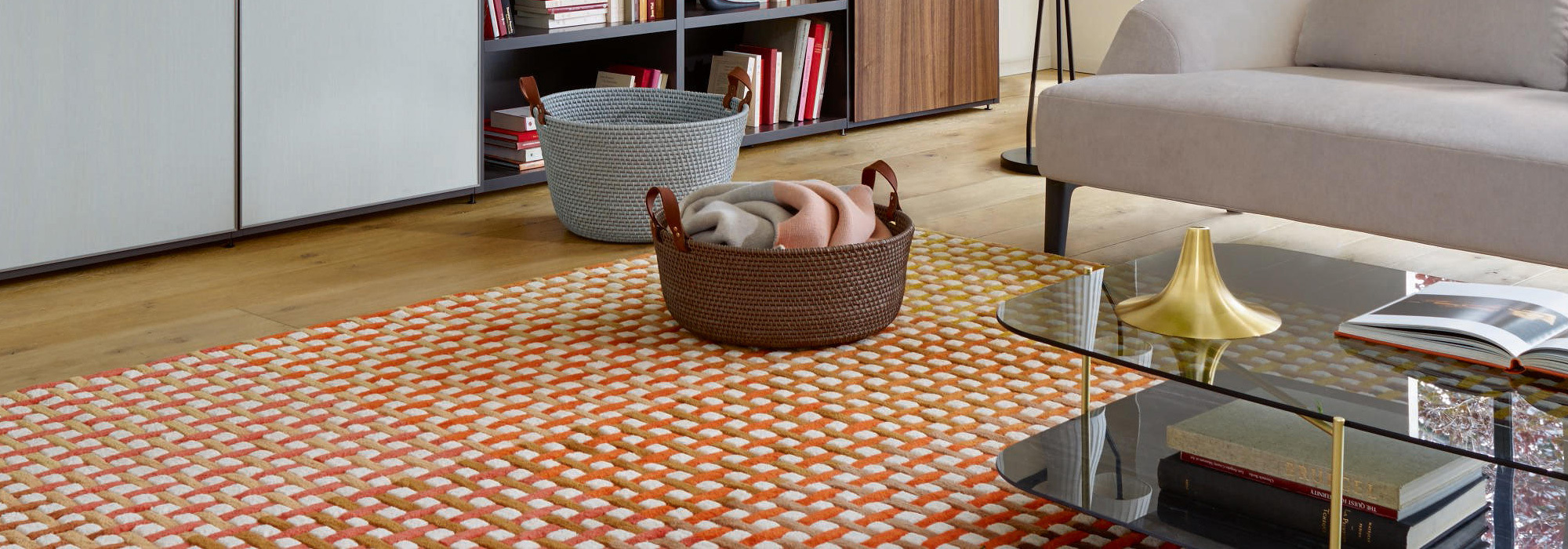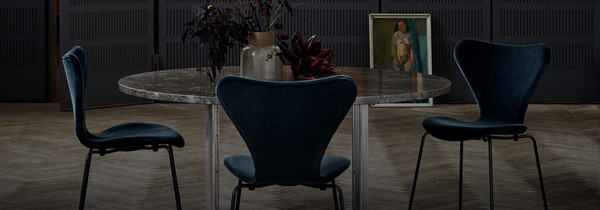
Redesigning The World of Work With COR
We spent the first months of the year in socks and sliders. Dreaming of elegant garden rooms. And answering Zoom calls from whatever modicum of privacy our homes afforded.
6 months on, and some of us have returned to the office. Catapulted back into the buzz and small talk while others have opted to WFH for good.
For architects and designers, both scenarios throw up important questions. How does the desire for cosiness translate into spaces that must be at once comfortable, professional and conducive to focus?
And what can be done to ensure that those of us who will be working from home are included in the decision-making and culture of the office?
Fortunately, one German design house, famed for their cosy interiors, has been working on the answers.
“The COR Lab project began in 2018 by asking four up-and-coming designers how they envisage the conference rooms of the future,” explains Leo Lubke, Managing Partner at COR.
“Together, they made a very good analysis that showed how people actually work today. And how they might wish to work tomorrow.”
The results confirmed many of the findings experienced over the course of the pandemic. As has long been suspected, rigid office hours aren’t always a conduit for productivity. Neither are static cubicles that keep us visually isolated from colleagues but privy to the chatter around us.
Focus, on the other hand, and the ability to slip into deep work, is an increasingly precious commodity. So too, is the desire for collaboration and creativity. And it’s around these last two qualities that the best offices will hinge.
“Ultimately, if people now have flexibility to work anywhere, the office has to be somewhere worth choosing.”
Dicky Lewis, White Red Architects
Enacting this will require designers to go beyond the playful settings pioneered by startups; thinking instead about which kind of environments best encourage spontaneous exchanges of experience and knowledge.
Indeed, the experiments conducted at the COR Lab proves you don’t need to invest in a ping pong table to get individuals from different departments to talk to each other. Sometimes, simply changing the associations of traditional furnishings will suffice.
“The idea for this collection was to equip sparse designs with comfort… Rather than loads of isolated chairs, the Bridge bench and Level table encourage people to sit together in a very natural way.”
Uwe Fischer, Designer
In the hardworking Level Table, Uwe Fischer explores the desire for standing work stations. Ideal for meetings that need to be kept focused or for firing off quick emails, they establish a natural meeting point for training briefs as well as spontaneous encounters between colleagues. Of course, stand up meetings won’t be for everyone which is why with just the flick of a lever the table can be lowered into a generous workbench or as the backbone of a sit-down lunch.
COR’s latest contract sofas are shapeshifters, too. Easily configured with additional modules for a cosier take on seminars. Or else custom-fit for company relaxation rooms. Together, they take a pro-active attitude to the desire for comfort at work.
After all, why fight the desire to work on the sofa if it helps us get into our flow? Why not just create a productive, ergonomic, soft spot instead?
It’s an idea that Pauline Detour wrestled with throughout the COR Lab experiment.
“The idea behind my designs is to offer working tools for the office of the future.”
“The system around which everything revolves is the sofa… a unit which can be customised with all kinds of wooden accessories and electrification points.”
Previously only used in receptions or lobbies, booth seating like Detour’s Floater looks set to become indispensable throughout the workspace. For workers splitting their time between home and the office, it provides the reassurance of an ergonomic space for focused or collaborative work. While full-time office employees can enjoy a soft yet structured spot to retreat to.
“I wanted to create a practical sofa. For people who are constantly on the move with their laptop under their arm and who work everywhere and at any time — with all kinds of people."
Pauline Deltour, Designer
Greasing the cogs of comfort and functionality in the COR Lab are an array of satellite styles — wheeled furnishings that allow employees to switch from one space to the other without having to noisily uproot.
“We have lots of vehicles all over our workshop that are not exactly side tables but which do in our imagination roughly what a side table should do,” explains Aust, one half of the Aust & Amelung design studio.
“In the hybrid offices of the future everyone has their own space and furniture,” continues Miriam Amelung. “But there are objects that belong to everyone… little tools that when you enter a room say touch me, arrange your own room — be it a quiet zone or small meeting circle.”
This led to the development of portable laptop trolleys, coffee tables and poufs. A small herd that allows the office to work dynamically.
Of course, it’s not all self-determination and blue-sky thinking.
“Work is mostly enjoyable — but not always. There are also situations in which you feel real pressure,” reveals Leo Lubke.
How employees handle such pressure is ultimately what determines their feeling of accomplishment. Hungarian psychologist and all-round work guru Mihaly Csikszentmihayli describes the much-coveted state of flow as a state of complete focus in which the skill level required to meet the challenge in question are equal.
One way employers can help workers get there is by creating an environment that reduces obstacles to such deep work. Think cubby holes for the safe storage of phones, acoustic panelling and plenty of lush, colourful spaces in which to get down to business.
“When you find a vent somewhere, and you’re more relaxed in a room because of the nature of the workplace and the atmosphere, it takes away a lot of the pressure and you can be more productive.”
Leo Lubke, Founder of COR
For business owners, the discussion goes beyond just employee wellbeing.
The CEO of Swiss-brand, Vitra, recently described the office as one of the only physical manifestations of a company’s identity. A chance to express company culture and what it means to thrive professionally. Seen through this lens, the hybrid office is less a formal workplace and more of a community hub. A place in which clients and employees call home and enjoy coming back to.
Achieving this balance of focused minimalism, vibrant sensuousness and flexibility is no small order. And yet, we’ve found that with the right styles and just a little bit of planning, designing workplaces that accelerate innovation can be a joyful process.
If your office setup could use an update, why not get in touch with one of our experts from our interior design service? Suitable for projects of all sizes, they’ll take you through all of the very best office solutions, including the exciting COR range, revealing how they can be used to create a workspace that valorises deep work. It is 2022, after all. And we deserve to work smart where possible.






































